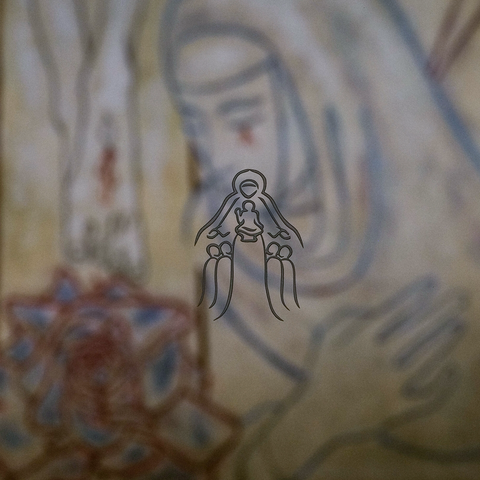In production - Hafod Grange
No recent items — Find Something!
Your Saved Items
No saved items — Find Something!


Find me
,
which are
type,
on
theme,
in
style
&
colour.
for
price.

